iPhone prototype teardown foreshadows longer battery life
The teardown by Gizmodo found that the main logic board of the prototype iPhone was about one-third the size of the board that controls the current-generation iPhone 3GS. "Basically, the guts have shrunk drastically," author Jason Chen wrote.
Those smaller components allowed Apple to cram a battery that is 19 percent larger than the current iPhone's power supply into the prototype device. And while the discovered hardware was thinner, it also reportedly weighed 3 grams more than the current-generation handset, thanks to the larger battery.
Taking the device apart proved to be difficult, with between 40 and 50 screws inside the prototype iPhone. Chen also dispelled a rumor that the battery on the handset is user-removable — the tightly packed case must be disassembled to access the battery.
"Everything fits in here like an intricately-designed jigsaw puzzle," the report said. "This is definitely laid out like a final product. To think that there's more room left for any components for this case is unreasonable. Unless Apple decides now to go with a larger case so they can fit more things in there, this is the most that we're going to see this summer."
As to whether the device sports a custom-built Apple processor, like the iPad's A4 CPU, that remains a mystery. The main logic board was encased in metal and could not be removed without breaking the device, and did not feature markings to indicate where its components originated.
Gizmodo shocked the tech world and gained a great deal of mainstream publicity when the Gawker Media-owned website revealed on Monday that it had obtained a prototype iPhone. The new hardware featured a forward-facing camera, high-resolution 960x640 pixel display, camera flash and a secondary mic for noise cancellation.
Its design is also a significant change for the iPhone, which has looked largely the same since the device was first unveiled in 2007. Apple changed the back of the device to be completely flat, with a material said to be made either of glass or plastic to improve reception.
The device was allegedly found at a bar in Redwood City, Calif., where an Apple software engineer reportedly left it by mistake. It was wrapped in a casing that disguised it as an iPhone 3GS.
Gawker Media paid $5,000 to an unknown party to receive the device. After it was disassembled and revealed to millions of Internet readers, Gizmodo reportedly returned the device to Apple.
 Neil Hughes
Neil Hughes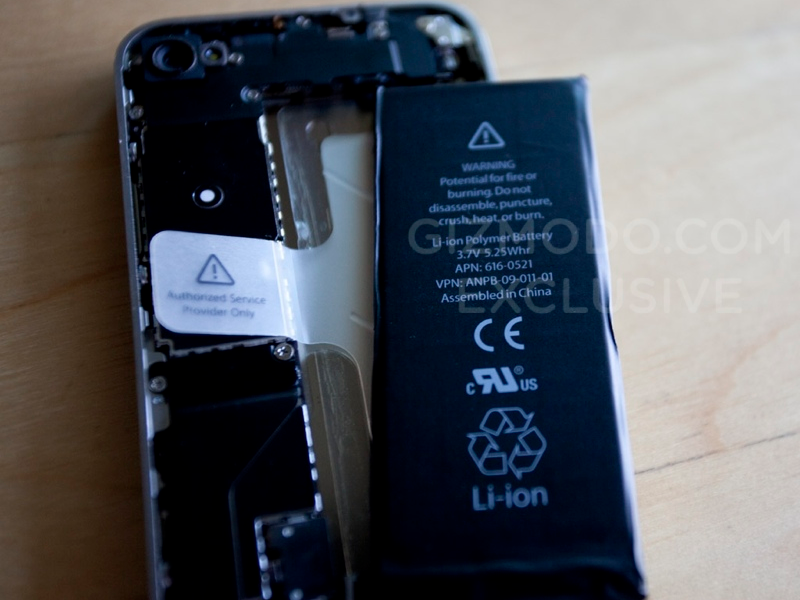
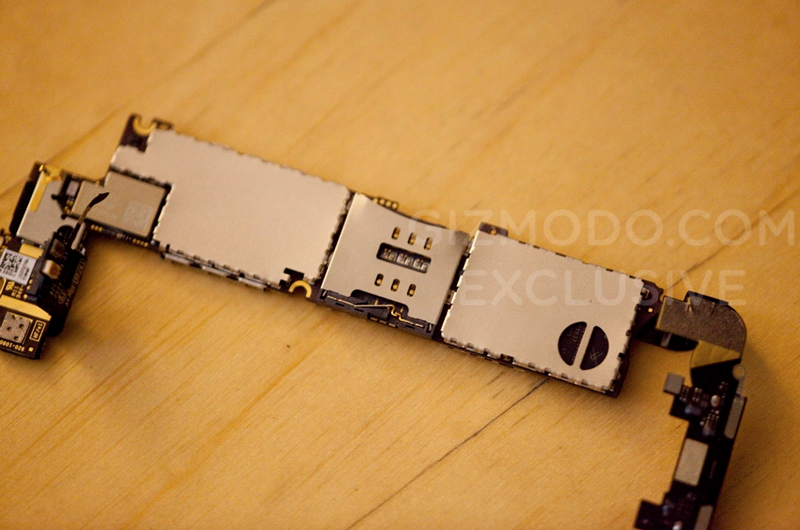
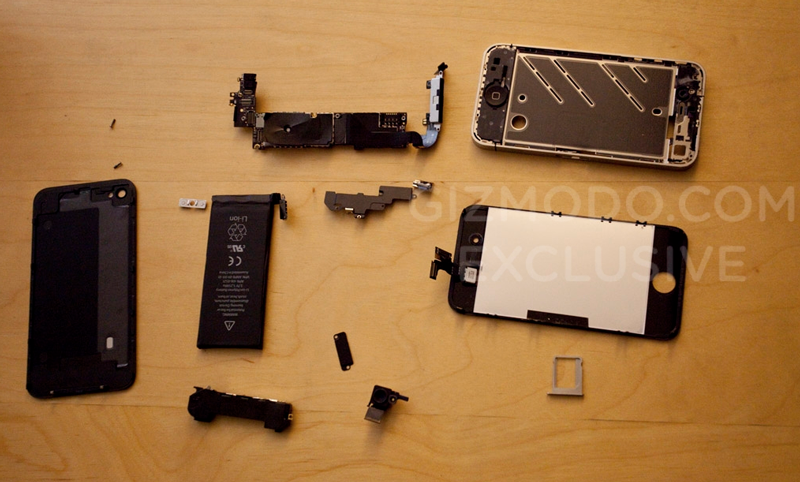

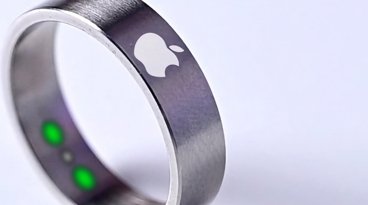


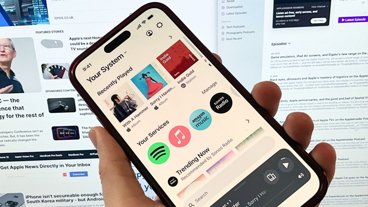


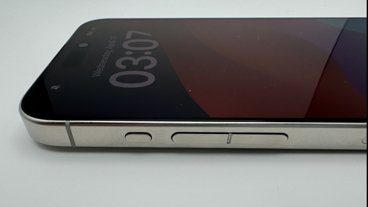

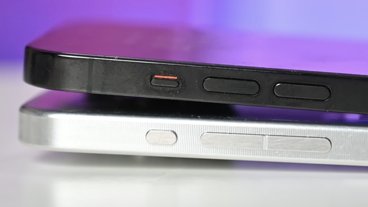
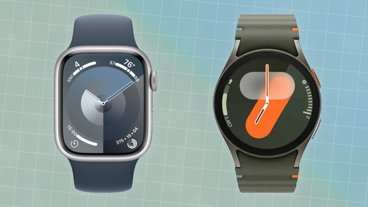

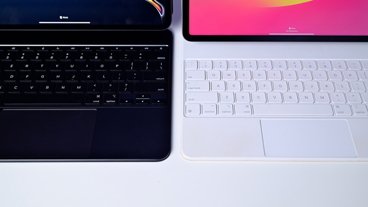
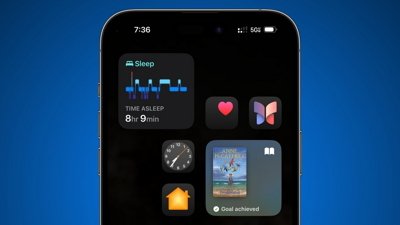
 Amber Neely
Amber Neely
 Thomas Sibilly
Thomas Sibilly
 AppleInsider Staff
AppleInsider Staff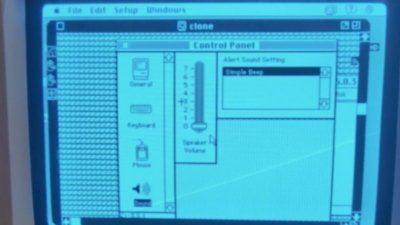
 William Gallagher
William Gallagher
 Malcolm Owen
Malcolm Owen
 Christine McKee
Christine McKee
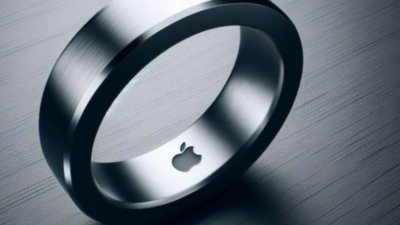



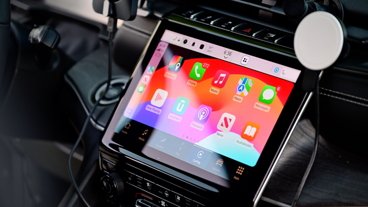
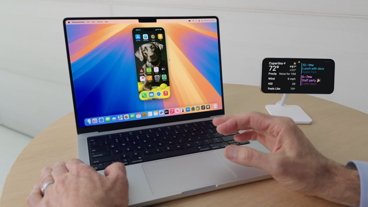


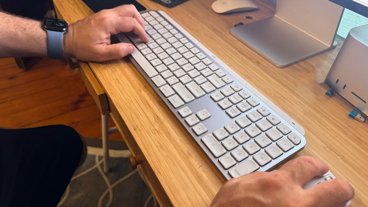

87 Comments
iPhone prototype teardown foreshadows longer battery life
The larger battery will be negated by a faster processor. I think the battery life will stay about the same.
Is Gizmodo not in the fire now that they've posted more of Apples trade secrets after being informed of ownership?
Apple changed the back of the device to be completely flat, with a material said to be made either of glass plastic to improve reception.
"either of glass plastic?"
There was some talk that it was ceramic, based on previous patents applied for by Apple.
Wait, wait. Apple Insider just posted an article a while back saying that Gizmodo basically stole Apple's iPhone and they could face prosecution.
Yet, AI STILL keeps linking to Gizmodo and using their pictures. If Gizmodo is so damn bad, stop linking their isht!
I think we'll see improved battery life.
If we get a OLED screen and improved components (read, more energy efficient) then battery life could very well improve.
I'm wondering what they run the A4 at in the phone. 800Mhz tops???